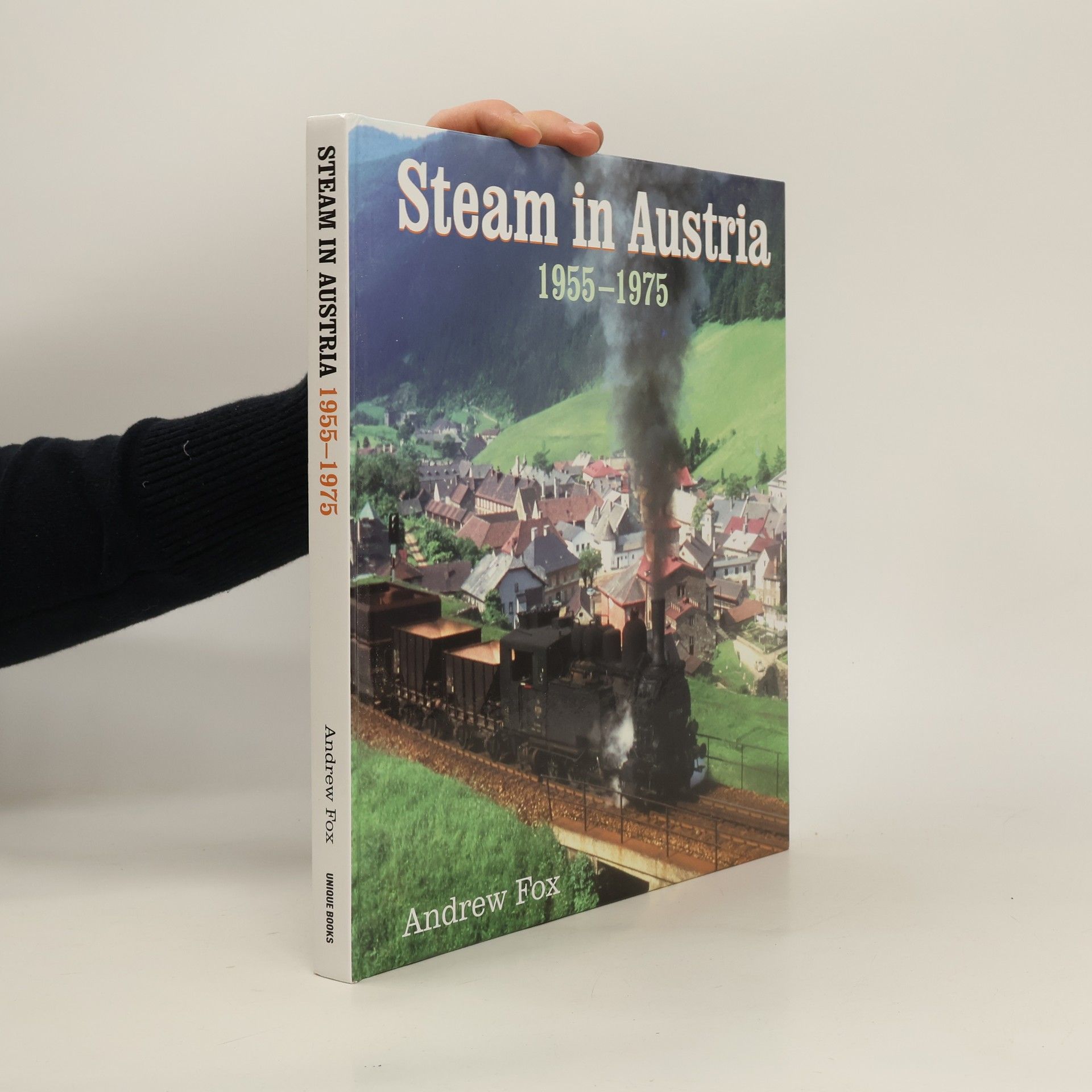The Lost Kingdom of Whispering Pines
- 372 pages
- 14 hours of reading
Set in an enchanted realm on the brink of destruction, the story weaves a captivating narrative of magic, adventure, and heroism. As darkness looms, a group of brave characters embarks on a quest to save their kingdom, facing formidable challenges and uncovering hidden truths along the way. The journey promises to be both thrilling and transformative, highlighting the struggle between light and dark.


